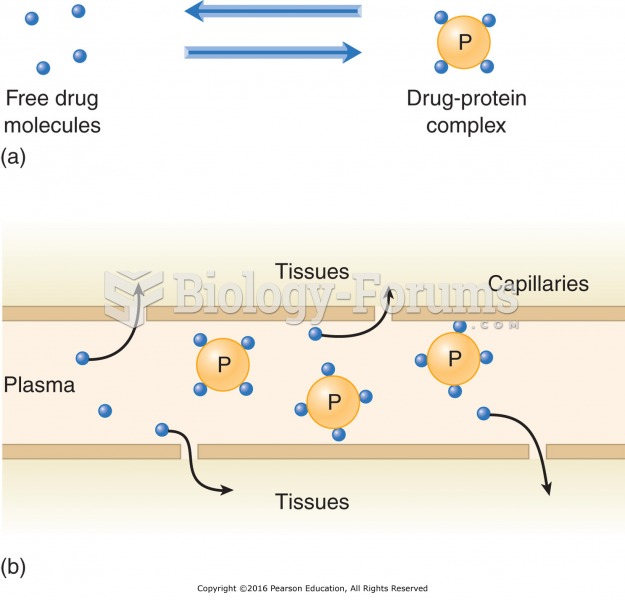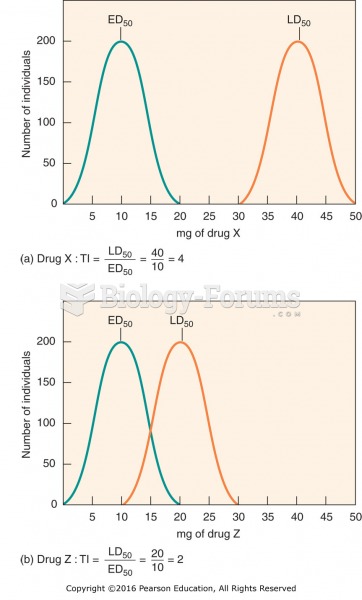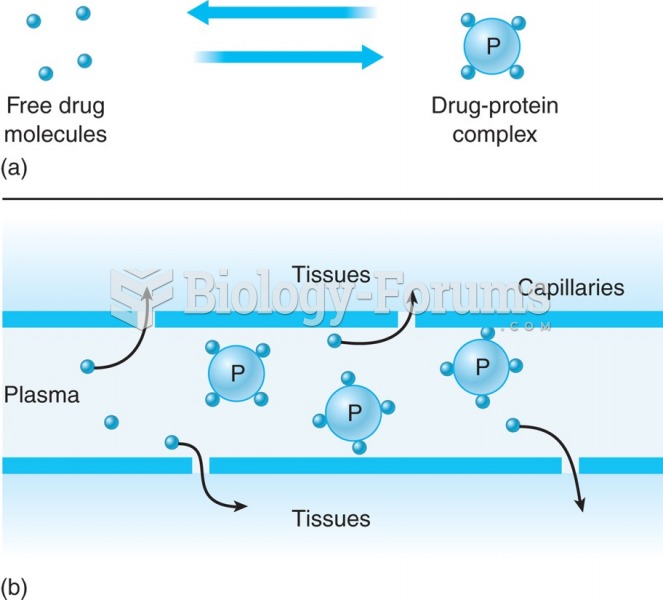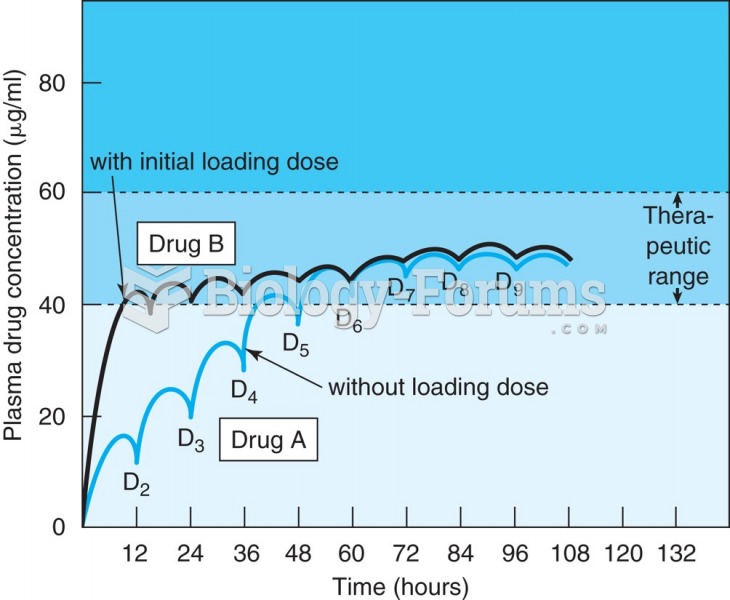|
|
|
Normal urine is sterile. It contains fluids, salts, and waste products. It is free of bacteria, viruses, and fungi.
The term pharmacology is derived from the Greek words pharmakon("claim, medicine, poison, or remedy") and logos ("study").
As of mid-2016, 18.2 million people were receiving advanced retroviral therapy (ART) worldwide. This represents between 43–50% of the 34–39.8 million people living with HIV.
Less than one of every three adults with high LDL cholesterol has the condition under control. Only 48.1% with the condition are being treated for it.
All patients with hyperparathyroidism will develop osteoporosis. The parathyroid glands maintain blood calcium within the normal range. All patients with this disease will continue to lose calcium from their bones every day, and there is no way to prevent the development of osteoporosis as a result.
 The approval of a new drug is a four-stage process: (1) preclinical investigation, (2) clinical inve
The approval of a new drug is a four-stage process: (1) preclinical investigation, (2) clinical inve
 Plasma protein binding and drug availability: (a) The drug exists in a free state or is bound to ...
Plasma protein binding and drug availability: (a) The drug exists in a free state or is bound to ...
 Therapeutic index: (a) Drug X has a therapeutic index of 4. (b) Drug Z has a therapeutic index of 2.
Therapeutic index: (a) Drug X has a therapeutic index of 4. (b) Drug Z has a therapeutic index of 2.




